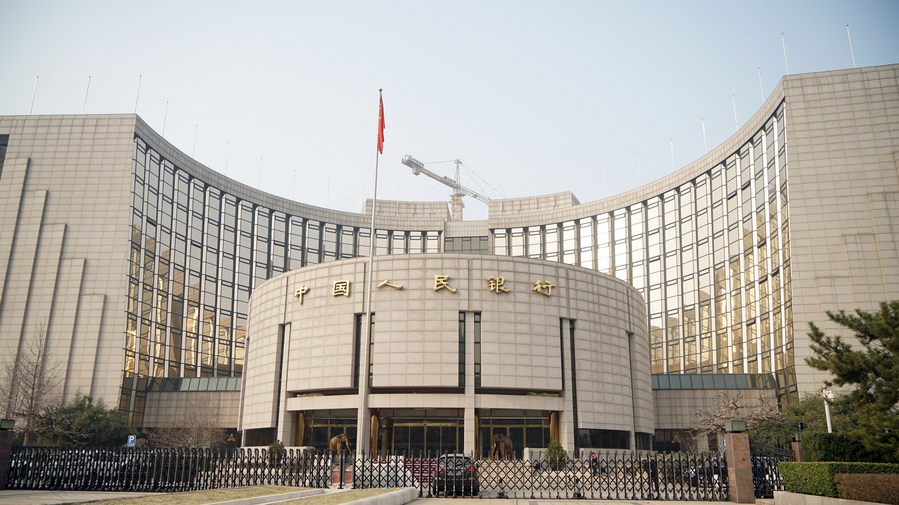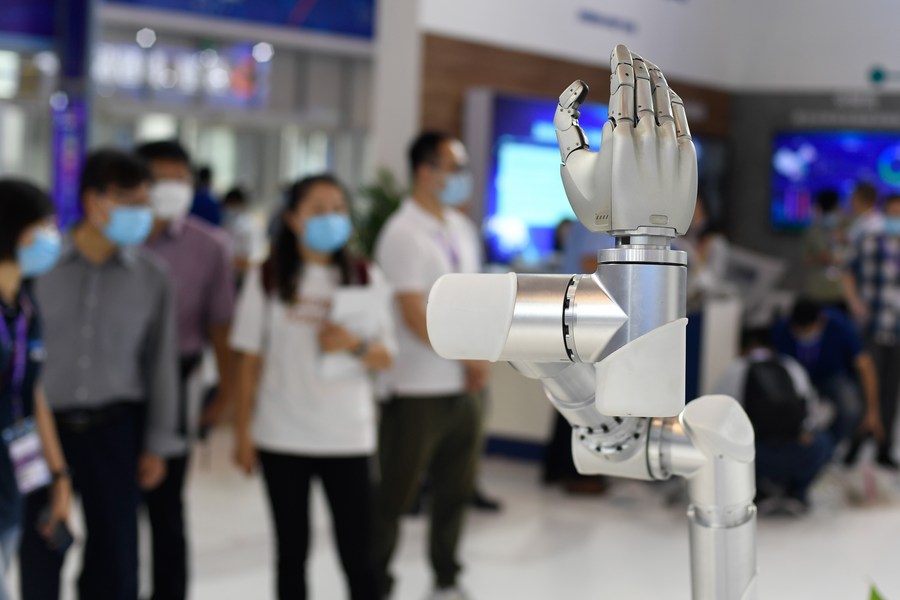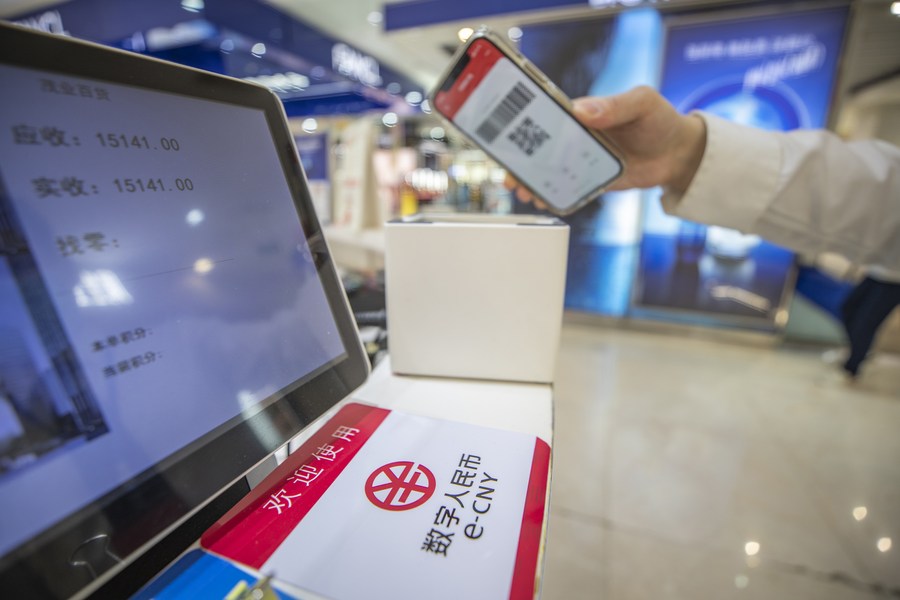China to Return to Normal, While Boosting Economy Takes Priority Again

The start of the economic rebound will come from a resurgence of domestic consumption and boosting the nation’s tourism and hospitality sectors, which would restore business confidence.
At long last, the Chinese government is shifting away from the dynamic ‘zero Covid’ policy and optimizing measures for all people in the country to regain their former free mobility again. Starting on January 8, 2023 all inbound visitors to China will no longer be required to undergo mandatory quarantines.
The new dawn has finally arisen and China’s Central Government has also placed stabilizing the economy as the nation’s top priority. On December 15-16, Chinese President Xi Jinping attended the annual Central Government Economic Work Conference in Beijing. He – along with the nation’s top leadership including Li Keqiang, Li Qiang, Zhao Leji, Wang Huning, Han Zheng, Cai Qi, Ding Xuexiang and Li Xi – stood in attendance to review China’s economic work in 2022, while analyzing the current economic conditions and planning for next year’s economic work, according to Xinhua.
China’s Central Government holds renewed hopes for a dramatic economic rebound in the year ahead for the nation. President Xi in his speech at the conference highlighted the key priorities for China’s economy in 2023. The plans are to support a proactive fiscal policy while engaging in a prudent monetary policy. This would infer that Beijing is calling for local governments to offer special purpose bonds and interest subsidies while striving to control high public debt levels.
The government will offer stronger support from financial institutions to provide more loans, investments and public subsidies to micro and small businesses, while promoting technology innovations, as well as the digital economy and green economy development.
The People’s Bank of China (PBOC), China’s central bank, will support the stabilization of the Yuan currency so that the currency’s exchange rate can be kept stable and this could safeguard financial stability.

Taking tech innovations to a higher level
The key factors to drive China’s economic rebound will be to inject new momentum into manufacturing, the digital economy, and transitioning industrial production away from traditional practices, such as relying on competitive human labor workforce and to develop automated manufacturing. Hence, factories, warehouses and logistics services utilize 5G and 6G networks, AI (artificial intelligence), smart technologies, IoT (internet of things), autonomous vehicles and robot workers to perform most of the tasks in mass production and delivering the goods to retail shops or the end purchaser, such as via the e-Commerce channels.
The Central Government is taking the right steps to usher in a new modernized age for the domestic economy. According to the economic work report, industrial policies will be optimized along with upgrading traditional industries. The government intends to cultivate so-called strategic emerging industries, while shoring up weak links in global supply chains and forging new competitive advantages.
Beijing has also pledged to carry out national level science and technology projects while the government intends to play a crucial role in advancing major breakthroughs in the key and core technologies, while granting private enterprises more opening up to embark on more hi-tech innovations that can forever change the world as we know it.
And by endeavoring on such tasks, China’s development and economic expansion will be more “qualitative” than “quantitative,” while the government will continue on to support supply-side structural reforms, boost domestic consumption and increase the international circulation.
Accordingly, China stands more eager to construct a new energy system, enhance global competitiveness, jumpstart R&D (research and development), along with the applications of cutting-edge technologies and developing the digital economy.

Digital economy driving growth
China must adapt to new and recent economic conditions and trends. Much of the world has entered an economic slowdown, particularly the developed countries in Europe and North America. Therefore, global consumption and demand will weaken. Prior to the Covid pandemic era, Chinese exporters could largely rely on American and European consumers to buy up “Made in China” goods. But times have changed and Chinese exporters are enjoying greater success doing business in the ASEAN (Association of Southeast Asian Nations) region.
Meanwhile, Chinese companies, investors and even everyday consumers have converted to the digital economy when conducting regular business operations and making routine purchases. A person’s smart phone and their digital wallets are their lifeblood. In China, many use either Alipay or WeChat pay to make real-time digital financial transactions. Paying in paper currency is not convenient anymore.
The Chinese government is opening up to welcome more investments into the digital economy, which includes communications equipment, information transmission and software. According to a media report from CNBC, it is believed that the cumulative investment in China for the digital economy over the next five years could be estimated at 77.9 trillion yuan ($11.1 trillion).
CNBC cited a report from China’s leading investment bank CICC and noted that digital economy investments surpass the anticipated cumulative investment into real estate, traditional infrastructure or the green economy — making it the largest of the four categories.

That’s very significant while the PBOC also announced plans to accelerate the circulation of the digital yuan, the Chinese currency that’s similar to cryptocurrency but with a huge difference. The digital yuan is backed and endorsed by China’s central bank as genuine currency for holders with access to their digital wallets.
China is taking the lead on the digital economy landscape and there’s no turning back.
What else to expect?
China’s economic rebound is for real but it will be slow-going for the first quarter of next year. Many Chinese are coming out of the ‘Zero Covid’ era and as such the spread of the virus could impact many people’s health in the country but inevitably, they would start to recover and become more eager to spend time outside their homes. And when the virus subsides, the Chinese economy will go into overdrive.
The momentum has already begun with people returning to their workplaces, eating out at restaurants, shopping at malls, travelling and so on. The start of the economic rebound will come from a resurgence of domestic consumption and boosting the nation’s tourism and hospitality sectors, which would restore business confidence.
Accordingly, we should anticipate that China’s economy will accelerate for real by the second or third quarters of 2023.
The article reflects the author’s opinions, and not necessarily the views of China Focus.
 Facebook
Facebook
 Twitter
Twitter
 Linkedin
Linkedin
 Google +
Google +



